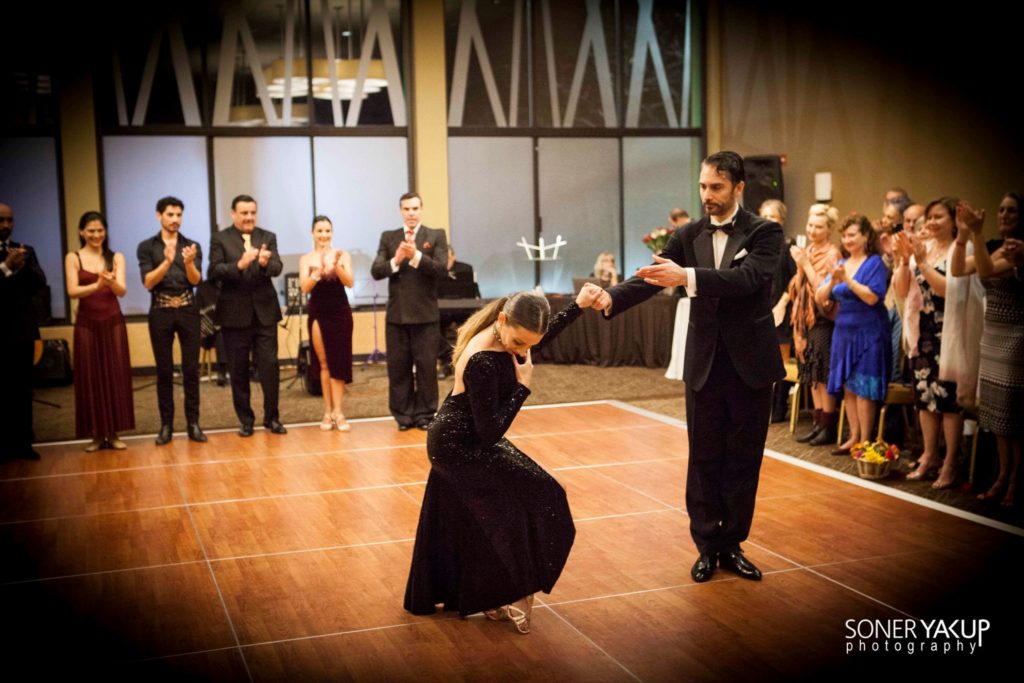
Dance, with its ability to transcend boundaries, cultures, and languages, holds the power to evoke emotions and unite people. However, dance communities, all over, grapple with challenges related to equity and compensation. This exploration focuses on equity in dance, specifically in social dancing, the fair payment of dancers, and the importance of financial transparency. Embracing these principles is key to fostering an inclusive and thriving dance community.
The Importance of Compensation in Social Dance
In the realm of social dance, it is crucial to incorporate music and dance performance showcases in various settings, including socials, theaters, and concerts. Unfortunately, it’s not uncommon for performers to be requested to dance without compensation. Although seemingly a way to showcase talent and gain exposure, this practice perpetuates inequality. Demanding performances without compensation inadvertently excludes those who cannot afford to participate, undermining the core principles of art-making and equality.
For instance, many can agree that they would want to pay a fair price for goods as services as much as they would want to be compensated for their own employment or independent contracts. (This video pokes fun at the speculative creative bidding process in new business pitches.) I believe that professional dancers, actors, and entertainment industry professionals look for the same; to be paid for their services as artist, culture bearers, and entertainers.
True artistry should not be restricted by financial means. Ensuring all dancers receive fair compensation contributes to building a diverse and vibrant dance community. Social dance teachers and performers deserve compensation comparable to ballet dancers, as they play an equally vital role in the world of dance. Recognizing their contributions through compensation is essential for preserving and evolving the traditions of social dances, fostering inclusiveness, and encouraging community engagement.
Implications for Dance Enthusiasts and Organizers
In 2024, elevating entrance fees for locations with performances becomes paramount. This adjustment facilitates fair compensation for hardworking professional performers and teachers, shifting the financial burden to those who directly benefit – the viewers and dance hobbyists.
Organizers and producers must also acknowledge the value of choreographers, studios and venues contracted by hobbyist dancers. Fair compensation not only recognizes the efforts of teachers and studios but also promotes sustainability within the dance community. This approach incentivizes continuous improvement in services, resulting in enhanced dance experiences for all involved.
Investing in Performers: A Language Shift
Language plays a pivotal role in inviting audiences to support artists. Framing dance performances as opportunities to contribute to artists’ livelihoods shifts mindsets. Audiences become arts patrons, understanding their impact on dancers’ lives. Recognizing the importance of financial compensation promotes equitable practices and sustains artistic growth.
Transparency in Financial Matters
Transparency is key to promoting equity in dance. Open communication about financial aspects is crucial. Disclosing pay and production costs empowers dancers and ensures fairness. Transparent practices foster trust, accountability, and informed decision-making. Proper allocation of financial resources benefits the dance community. For example, on www.miriam.lea.dance/performances you can learn about what I offer for performances and feel free to ask me about fees and pricing. It is on par with the local and national economy. This is including on compensation of dance assistants in classes, and practices I hold.
Conclusion: Paving the Way for an Accessible Dance Community
Equity in dance is essential for its growth and sustainability. Rejecting free performances and valuing dancers’ contributions creates an inclusive environment celebrating diverse talents. Promoting transparency cultivates fairness and accountability. As audiences, let’s invest in artists, support equity, and embrace transparency. Together, we pave the way for an accessible dance community that honors the transformative power of movement.
Have a question about this article? Ask Miriam!